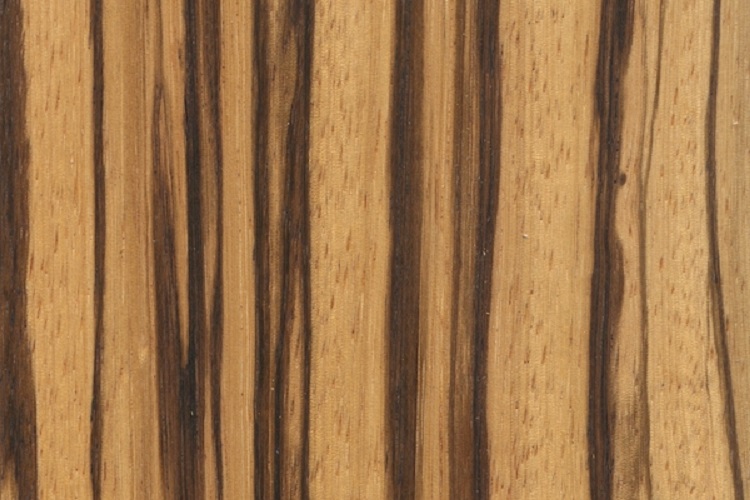

Zebrawood | Zingana | Zebrano Wood(Microberlinia brazzavillensis)
The wood saws well, but can be very difficult to plane or surface due to the prevalence of interlocking grain. Tearout is common. Zebrawood glues and finishes well, though a transparent pore filler may be necessary for the large open pores which occur on both dark and light surfaces.Has a characteristic, unpleasant smell when being worked. Zebrawood is frequently quartersawn and used as veneer. Other uses include: tool handles, furniture, boatbuilding, and skis.. This Specie Can be produced and shipped in Saw logs, Peeled Logs, Square edged timber, Round edged timber, Flooring boards, Finishing boards, Unedged boards, Square logs, Decking boards, Parquet floors, Floor planks, Wall coverings(Veneers Sheets), Plywood, Roof coverings, Rattan, Sleepers, Polls and proprietary grade hardwood products of both finish and unfinished.
Buy This Wood Require More Details Product List Company's Catalogue
Agrowooders Is A "People, Customer, & Environmental-Oriented Organization"
"At Agrowooders, our mission is to provide quality agro(farm) And wood products to businesses and individuals worldwide. We are committed to providing the highest quality products and services to our customers while maintaining a commitment to environmental sustainability.".......... Read On!
